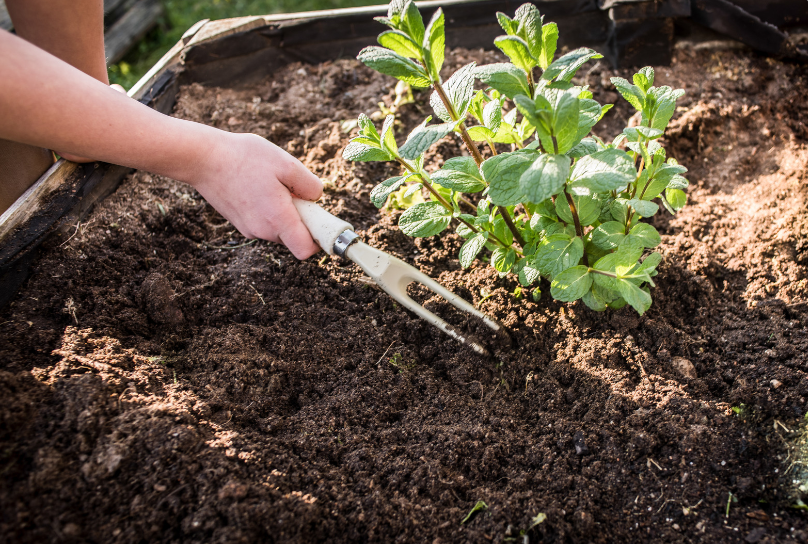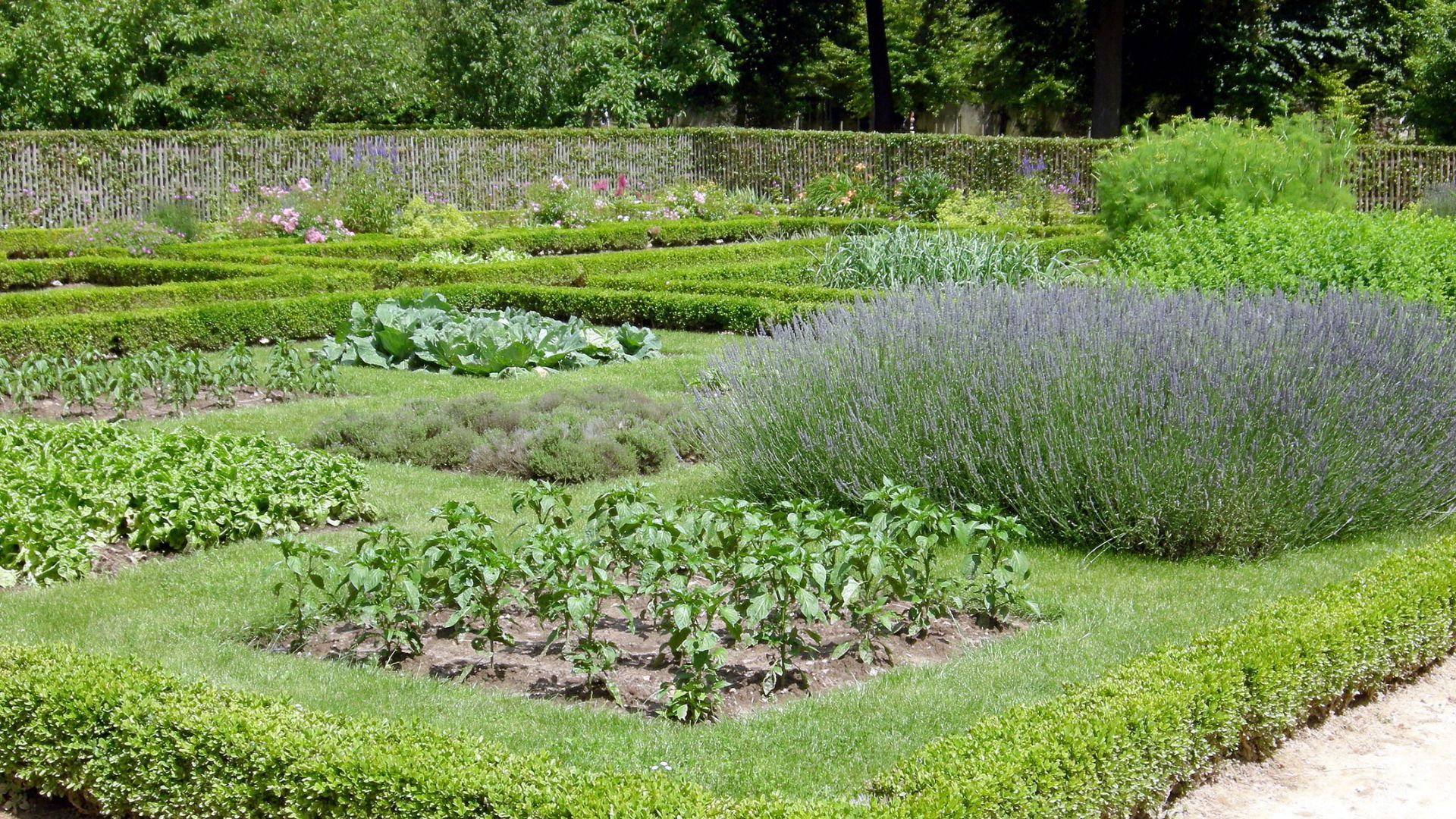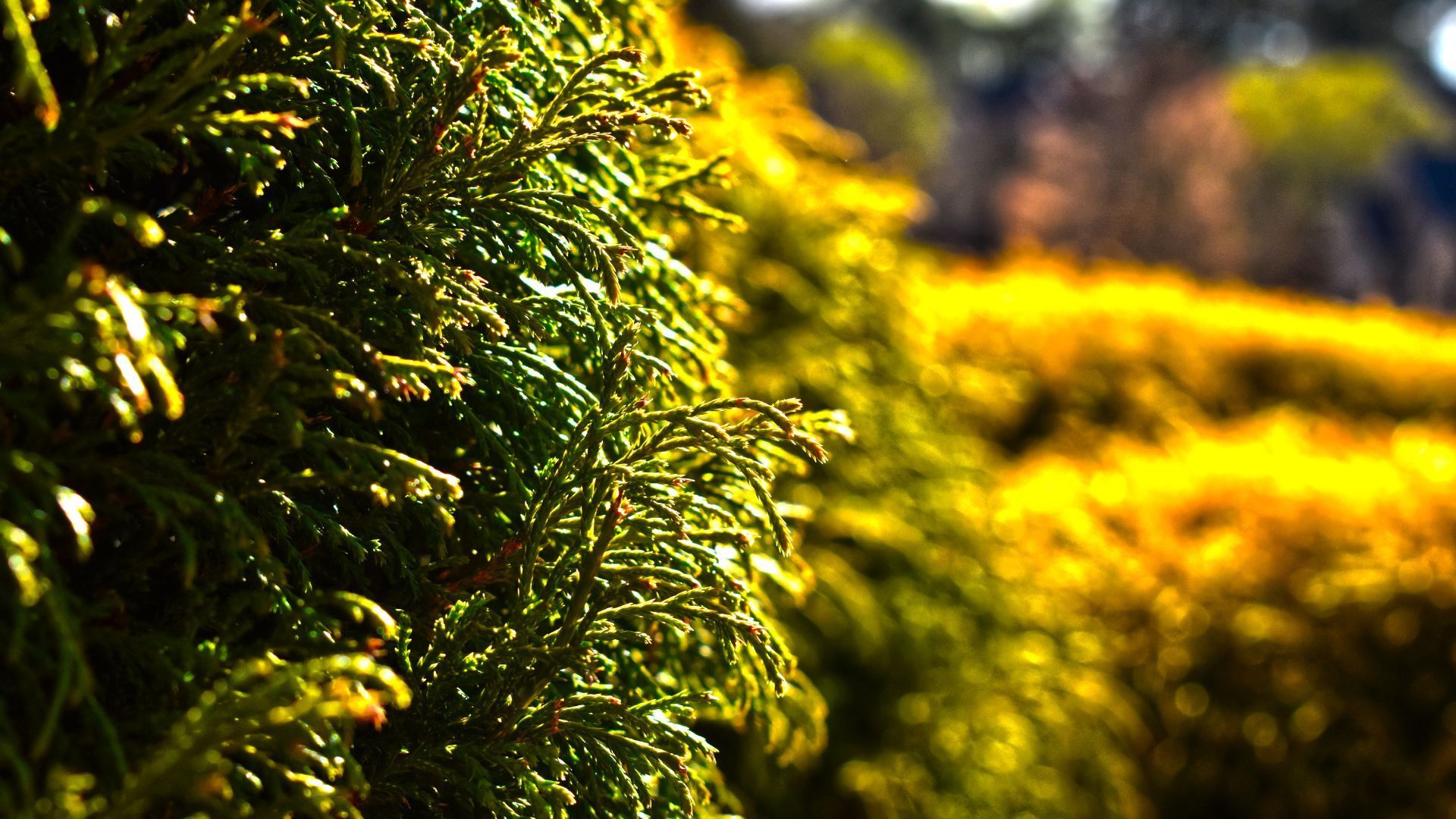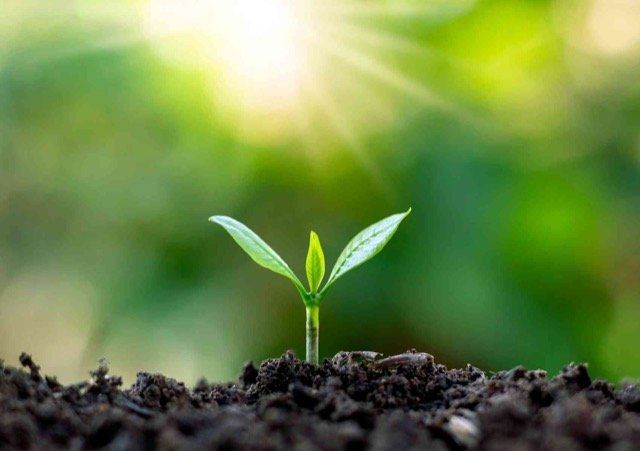What Planting Zone Is Mississauga In?
What Planting Zone is Mississauga In?
If you are thinking about purchasing a tree, shrub, or perennial, you should first determine whether or not the new plant will be able to survive the temperatures that are seen in your region throughout the entire year. If you want to ensure that the new plant will continue to thrive and produce new growth year after year, you need to check to see if the hardiness zone of your location is compatible with the hardness zone of the plant.
Do you stay in Mississauga and wondering what planting zone it belongs to? Mississauga is an area located in zone 6. This indicates that only hardy plants that can endure temperatures between -23.3 and -20.6 degrees Celsius should be grown in most of Mississauga.
The 2000 Canadian hardiness map created by Agriculture and Natural Resources Canada has nine distinct hardiness zones. Zone 0 is the harshest, while Zone 8 is the mildest. Only a few plants can survive in the USDA hardiness zone 0. The map legend indicates zones and subzones (such as 4a or 4b, 5a or 5b). These subzones are crucial to gardeners because they indicate where the plant material should be planted in the garden.
According to the Canadian hardiness map, this blog helps you understand zone 6, where Mississauga is located.
What Are the Plants to Grow in Zone 6?
If you reside in zone 6, you might scoff at the concept of lows like these since you're used to warmer or colder temperatures than what you're experiencing right now. Although it does not guarantee success, it is a very helpful guideline. Planting and maintaining plants in zone 6 normally starts around March (after the last frost) and extends through the middle of November.
If you look at the back of a seed packet or the information tag attached to a plant, it should have a USDA zone printed somewhere. This zone represents the region with the lowest average temperature where the plant is likely to endure. Therefore, are there any plants or flowers that can endure temperatures as low as -10 degrees Fahrenheit (-23 degrees Celsius)? No. This quantity is typically applicable to perennials, which are plants that are designed to endure the winter.
Many hardy plants and flowers in zone 6 are either annuals designed to perish when the frost arrives or perennials that are more suited to warmer climates but can be managed as annuals. Because of the wide variety of plants that can flourish in USDA zone 6, gardening in this zone may be quite rewarding.
Even though you might have to nurture some seeds indoors during March and April, you should be able to move your seedlings outside during May and June to enjoy a lengthy and fruitful growing season. Cold-season vegetables such as lettuce, radishes, and peas are among the best plants that may be sown outside as early as March in zone 6, which allows for an earlier planting window. Of course, zone 6 is also an ideal environment for growing a wide variety of other plants:
Vegetables include:
- Cucumbers
- Peppers
- Tomatoes
- Potatoes
- Squash
Perennial plants include
- Salvia
- Hosta
- Hellebore
- Bee balm
- Daisy
Shrubs include:
- Rose
- Azalea
- Butterfly bush
- Hydrangea
- Rose of Sharon
You might also like






